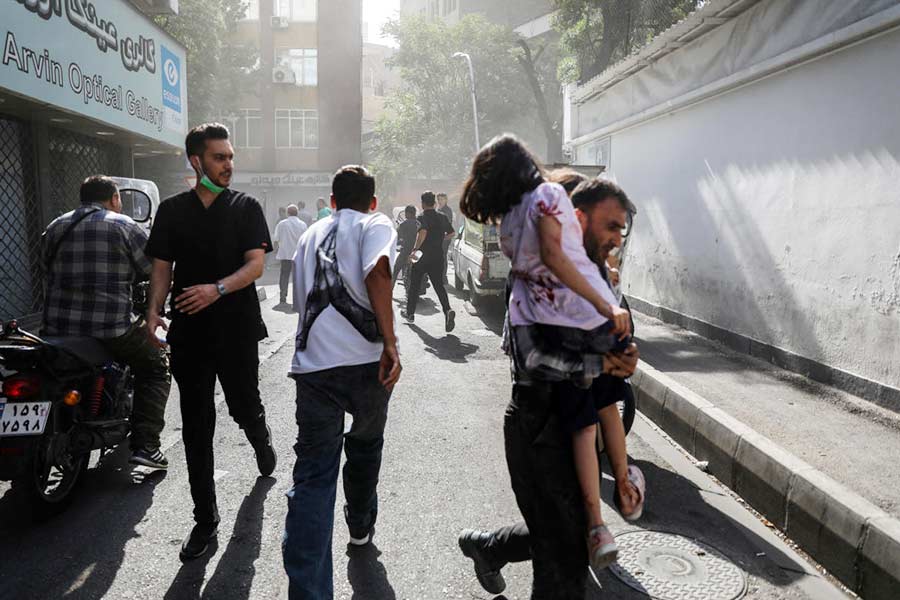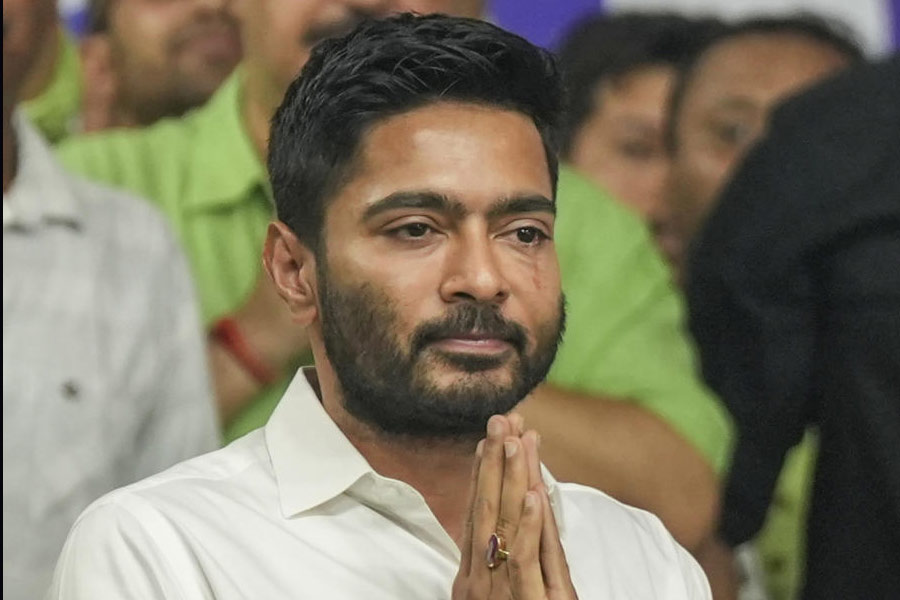
The residents of India's grandiose Rashtrapati Bhavan have been, to put it politely, a rather mixed bunch. The 13 presidents we have had so far include a philosopher and a scholar, a diplomat and a scientist, and several eminent and not-so-eminent men and a woman from the field of politics. But they all had one thing in common - a fairly long and well known record in what is known as 'public life' before assuming the role of head of state.
India's first president, Rajendra Prasad - the only one to serve two terms, was one of the tallest leaders of the national movement. A bright student and alumnus of Calcutta's Presidency College, he became one of Mahatma Gandhi's earliest lieutenants after serving as a volunteer in Gandhi's fact-finding mission in Champaran in 1917. Like many in those heady, idealist times, Prasad gave up his lucrative law practice to join the freedom struggle. When freedom dawned in 1947, he was elected the president of the Constituent Assembly. With his hand-spun clothes and homespun wisdom garnered over decades of active public life, he was an apt choice for the republic's first citizen.
His successors were distinguished scholars. S. Radhakrishnan was, for a long time, India's pre-eminent authority on comparative religion and philosophy. He had taught philosophy at Calcutta University and Eastern religion and ethics at Oxford before being elected India's first vice-president. Similarly, Zakir Husain may have been India's first Muslim president but the choice was not made on the basis of his religion alone. He had made his mark as an educationist, co-founded the Jamia Millia Islamia University, and served as governor of Bihar before becoming vice-president and then president.
Zakir Husain's death in 1969 led to the most politicized presidential election India has seen since it became a proxy battle between Indira Gandhi and the Congress old guard then known as the "Syndicate". The Syndicate decided to field one of their stalwarts, Neelam Sanjiva Reddy. The vice-president, V.V. Giri, chose to contest as an Independent. Indira Gandhi backed Giri and called for a "vote of conscience". Giri famously - if narrowly - won.
Since that election marked the triumph of Indira Gandhi, many think V.V. Giri was a mere instrument in her battle. This is a travesty for Giri had a long record in public life, especially in trade union activity. Few know that Giri became an activist while studying in then colonized Ireland in the early decades of the last century. He became close to the leaders of the famous Easter Rising in Dublin in 1916 - and was forced to leave the country soon after. On returning to India, he plunged into the trade union movement. After Independence, he served as India's first high commissioner to Ceylon, became minister of labour in 1952, did three stints as governor before being elected vice-president.
Of the remaining nine presidents, most have been politicians. The two exceptions are K.R. Narayanan, who had a distinguished career as a diplomat before joining politics, and A.P.J. Abdul Kalam, who became famous as India's "Missile Man" prior to his surprise choice as presidential candidate in 2002.
Among the politicians, some have been more illustrious than others. Neelam Sanjiva Reddy, a veteran Congressman from Andhra Pradesh, lost to Giri in 1969. But such are the amazing twists of destiny and of Indian politics that he has gone down in history as the only president to be elected unanimously - eight years later in 1977, soon after the Janata Party stormed to power.
Similarly, R. Venkataraman and Shankar Dayal Sharma had a long innings in public life and handled many high-profile party and ministerial posts before being elected as first vice-president and then elevated to the post of president. Most recently, Like them, Pranab Mukherjee too is a quintessential Congressman of the old school who acquired vast experience in public life before entering the mansion atop Raisina Hill.
Some presidents brought more controversy than lustre to the office. Fakhruddin Ali Ahmed infamously signed the declaration of Emergency in 1975 without demur. Giani Zail Singh, the first Sikh president who was chosen by Indira Gandhi for symbolic reasons at the height of the Khalistani agitation, equally infamously declared: "If my leader had said I should pick up a broom and be a sweeper, I would have done that. She chose me to be President."
Pratibha Patil, the first woman to become president, did not say or do anything quite as controversial. But she left no mark either.
Yet, looking back at the records, it becomes clear that all three had been active in public life - in their respective states and at the Centre - long before assuming the highest office of the land.
It is in this context that Ram Nath Kovind - set to be elected the 14th president of India today - comes across as a mystery man. Unlike any of the previous incumbents, the country at large knows little or nothing about him. Two years ago, when the Modi government picked him to be governor of Bihar, reporters scrambled to find out who he was. That scramble is still on, the mystery still continues.
No one knows how or why he joined the Bharatiya Janata Party as late as 1991. No one knows whether he was a member of the Rashtriya Swayamsevak Sangh at any given time or is only a 'fellow traveller'. No one knows why he joined politics, what his views on the day's raging issues are, who have inspired him.
Kovind started out as a lawyer and practised in Delhi High Court and the Supreme Court for 16 years till 1993. Yet, no one can recall a single important case that he argued, a single public litigation that he championed.
His stint as BJP spokesman and his two terms in Rajya Sabha seem to have been equally unremarkable. He made no memorable speech, took up no pressing issue, asked no searching question.
The only thing we know about Kovind - and the only reason that he was chosen and widely endorsed - is that he belongs to the Dalit community. That, certainly, is an important attribute in a country where upper castes still dominate all areas of public life. It can be a source of great inspiration to the deprived of this land - but only if the person goes beyond the symbolic to embrace something more substantive.
Kovind, we must remember, will not be India's first Dalit president. That honour goes to K.R. Narayanan - a man who rose from humble beginnings to reach great heights, and brought even greater glory to the office of the president. Unlike many of his predecessors and successors, Narayanan consistently spoke out in favour of constitutional values, stood up for secularism and social justice, and, most memorably, twice returned for "reconsideration" the advice from the Union government to impose president's rule. Both times, the prime ministers of the day (I.K. Gujral in 1997, A.B. Vajpayee in 1998) honoured Narayanan's reservations.
Ram Nath Kovind, too, has a chance to make history. That he has been low profile and a man of few words can actually be an advantage. He starts on a blank slate, and can make the next five years memorable by refusing to be a rubber stamp president of the sangh parivar, by insisting on upholding the Constitution against threats that may become more menacing. That's one way of viewing a mystery about to unravel. That's also one way of hoping against hope.











